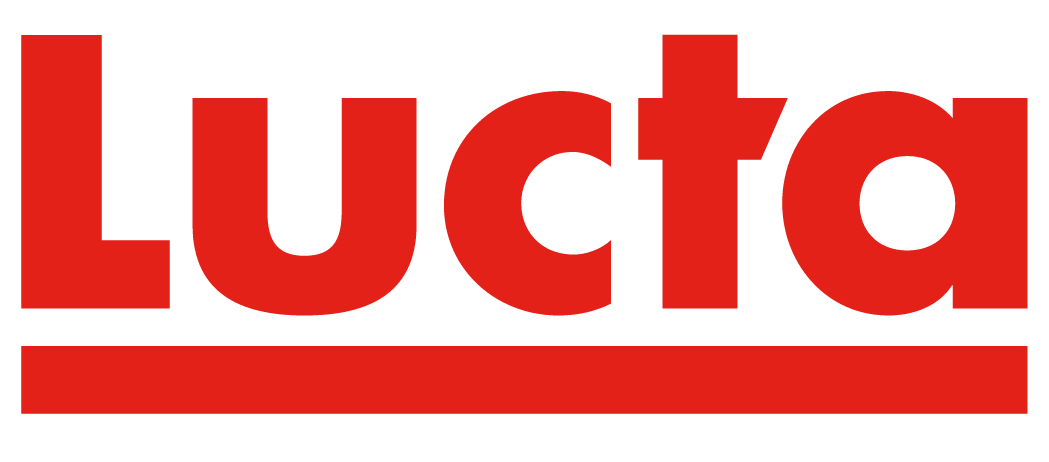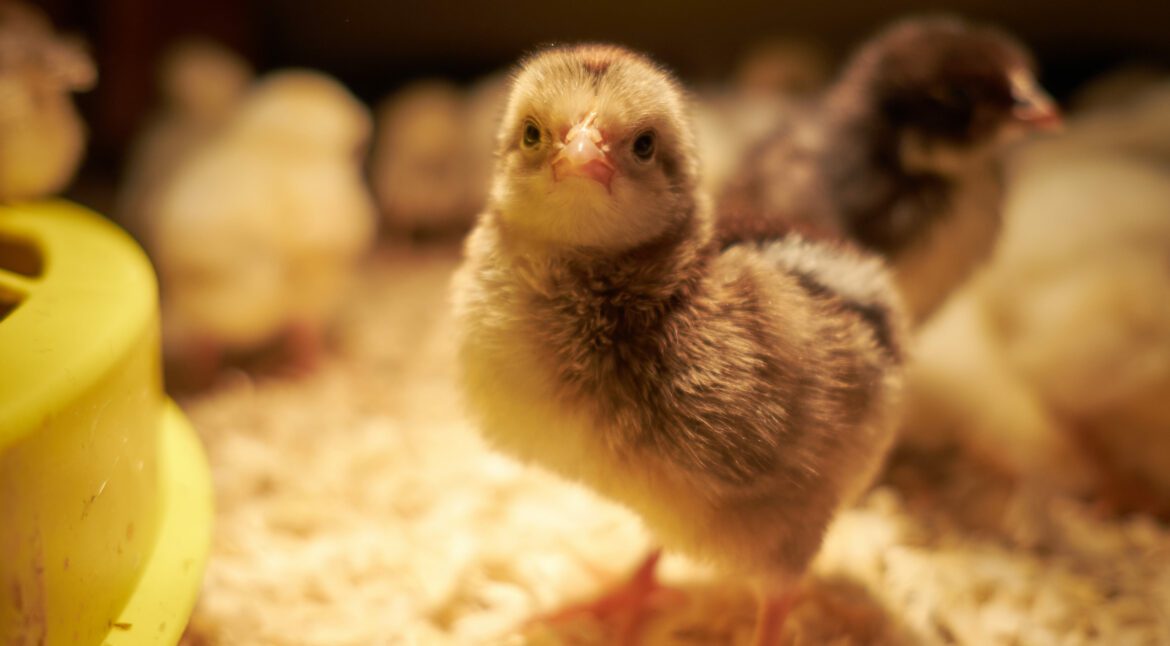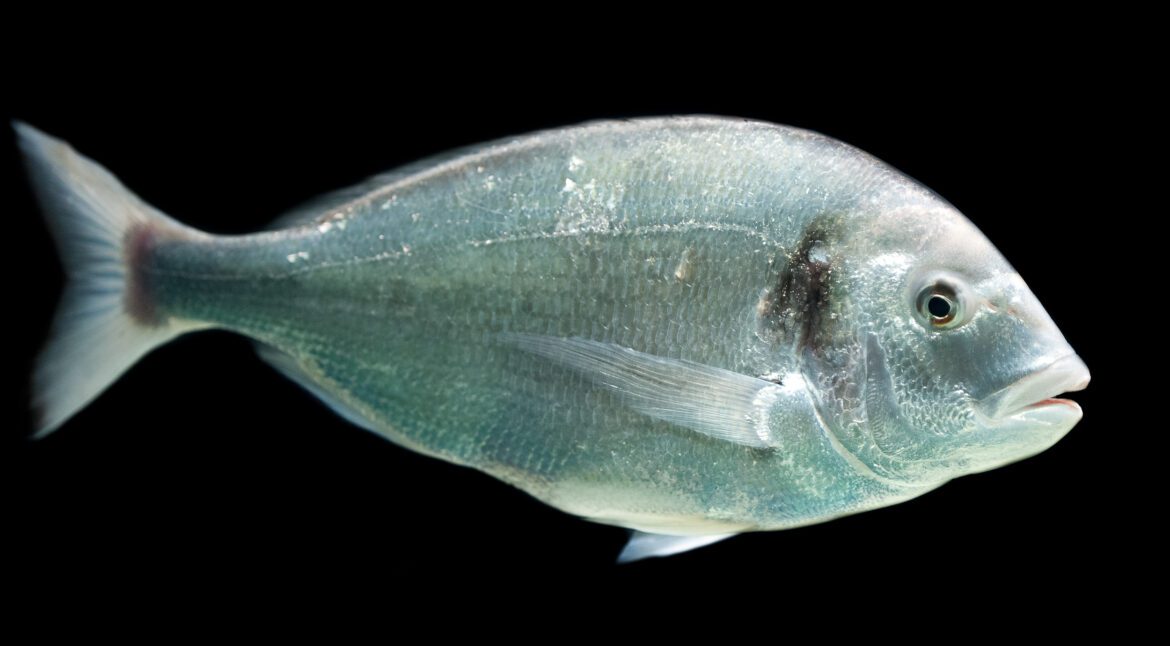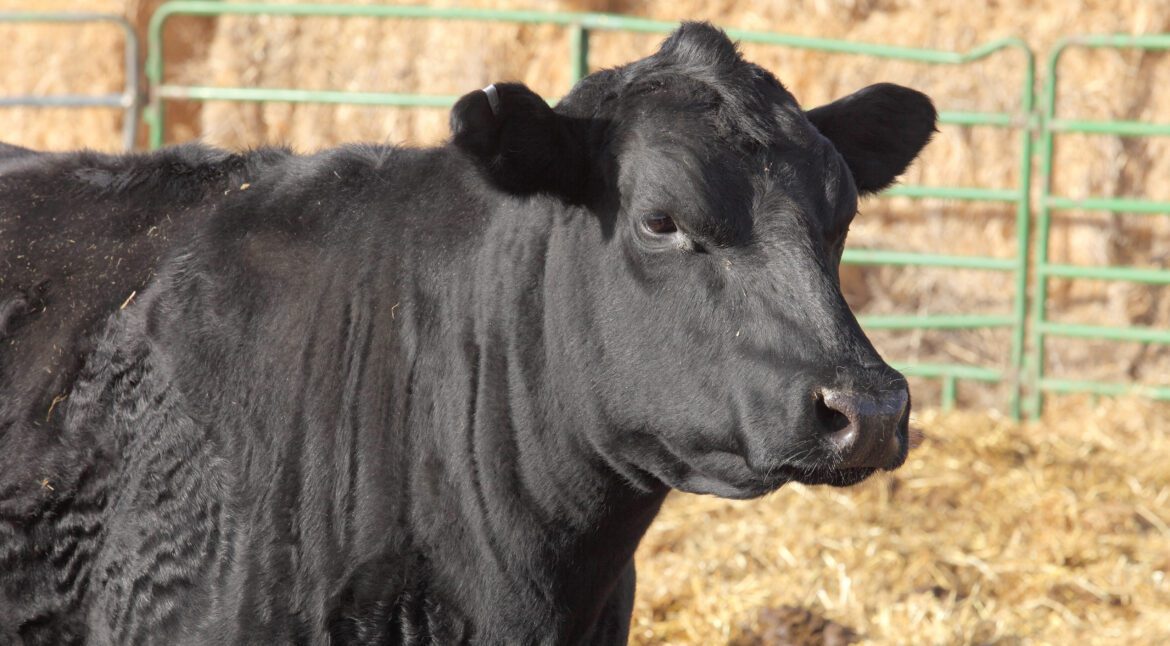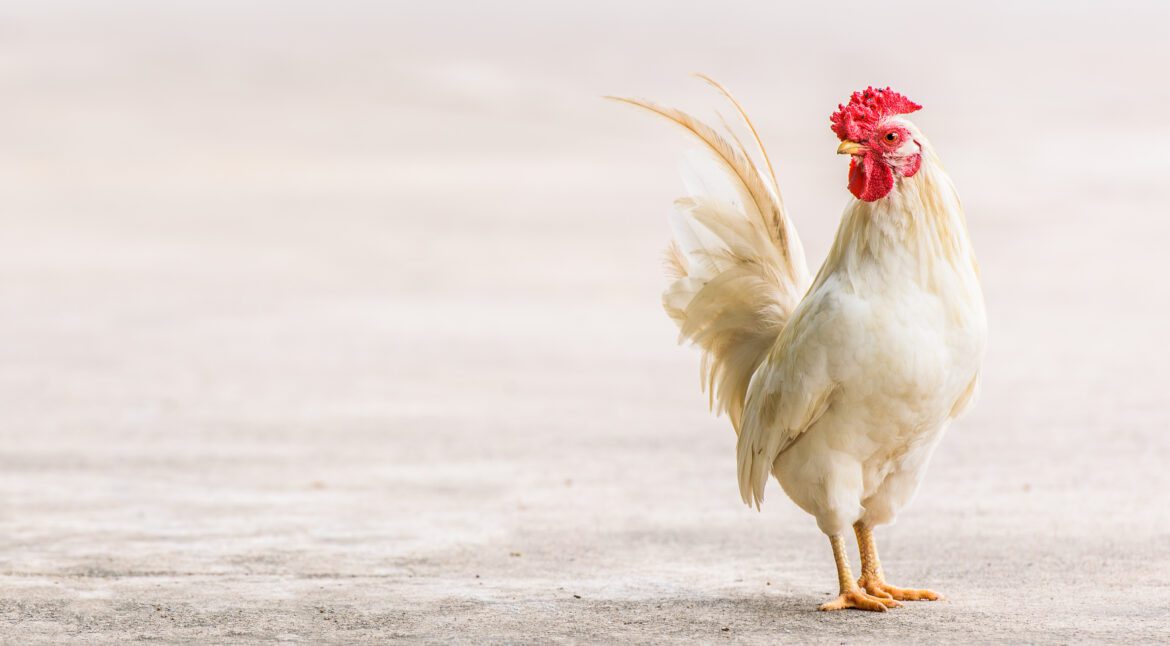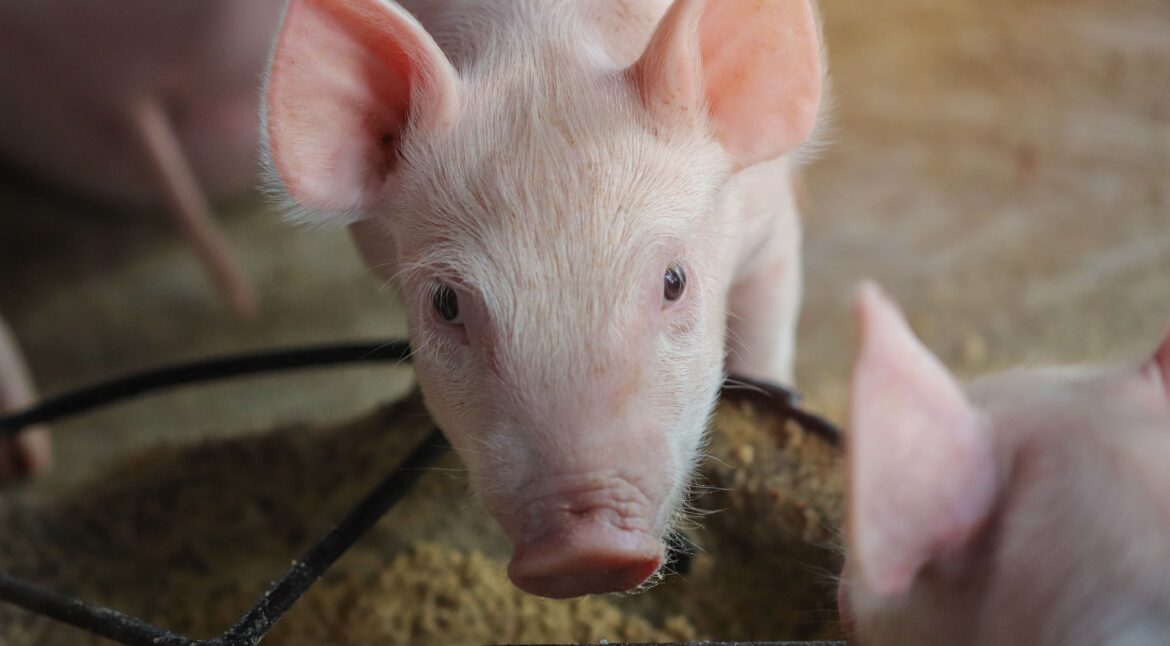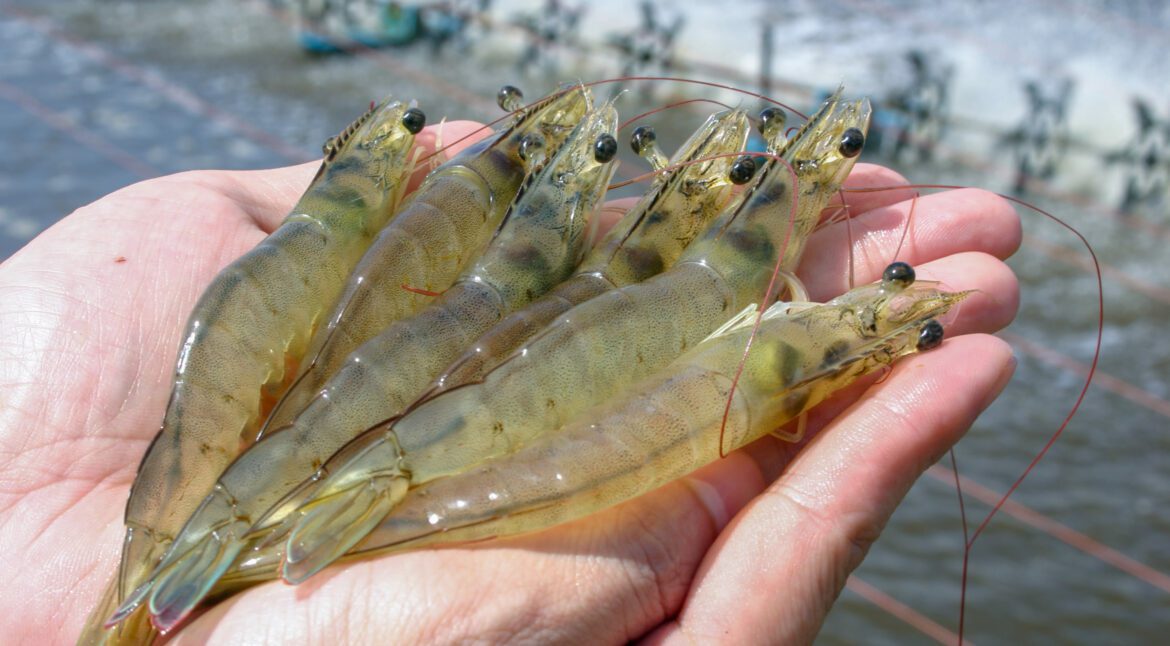Technical paper that does not contain an abstract.
A plethora of molecular and functional studies in tetrapods has led to the discovery of multiple taste 1 receptor (T1R) genes encoding G-protein coupled receptors (GPCRs) responsible for sweet (T1R2 + T1R3) and umami (T1R1 + T1R3) taste. In fish, the T1R gene family repertoires greatly expanded because of several…
Ninety steers (259.9 ± 36.18 kg BW) were used in a 56-d experiment to assess the effects of flavoring additives on feeding behavior, feed efficiency, growth performance, and temperament of newly arrived feedlot cattle. Steers were homogenously distributed by BW into six pens (15 head/pen) and pen was randomly assigned…
There are several feed additives used for dairy calves that cause palatability problems. A model to cause milk replacer (MR) aversion to dairy calves was developed. The model consisted on adding 30 g/kg of a mix of commercial products with bitter taste (Bittermix) to the MR, and animals who received…
The effects of supplementing chicken diets with an olive pomace extract (OE) from Olea europaea on performance and gut health after a challenge of intestinal permeability (IP) increase were studied. Treatments included a control diet with no additives (CF), and diets supplemented with 100 ppm of monensin (MF) or with…
The aim of this study was to determine the effects of dietary inclusion of the combination of tributyrin with oregano or methyl salicylate as a substitute to antibiotics on gut health and microbiota of piglets. A total of 48 weaned crossbred piglets (Duroc × Large White × Landrace, 8.79 ±…
Because shrimp are “slow” and “selective” feeders with highly developed chemosensory systems and because conventional aquaculture systems have low visibility and high particulate matter, attractants and feeding stimulants are commonly incorporated into feed pellets to make them more quickly identified and more palatable, and thus eaten at a higher rate.…
Feed intake is a critical variable in aquaculture that limits growth and survival of reared animals. The inclusion of new raw materials in fish diets to meet cost-efficient production and sustainability goals may compromise the organoleptic quality of diets and, by extension, fish growth (Yaghoubi et al., 2016). Therefore, it…
Taste perception of sweet and umami stimuli in vertebrates is largely controlled by a family of G-protein-coupled receptors, the taste receptor type 1 (T1R) family, with three members that combine in heterodimers to form the taste receptors. The mammalian T1R1/T1R3 receptor responds to umami compounds such as amino acids, whereas…
